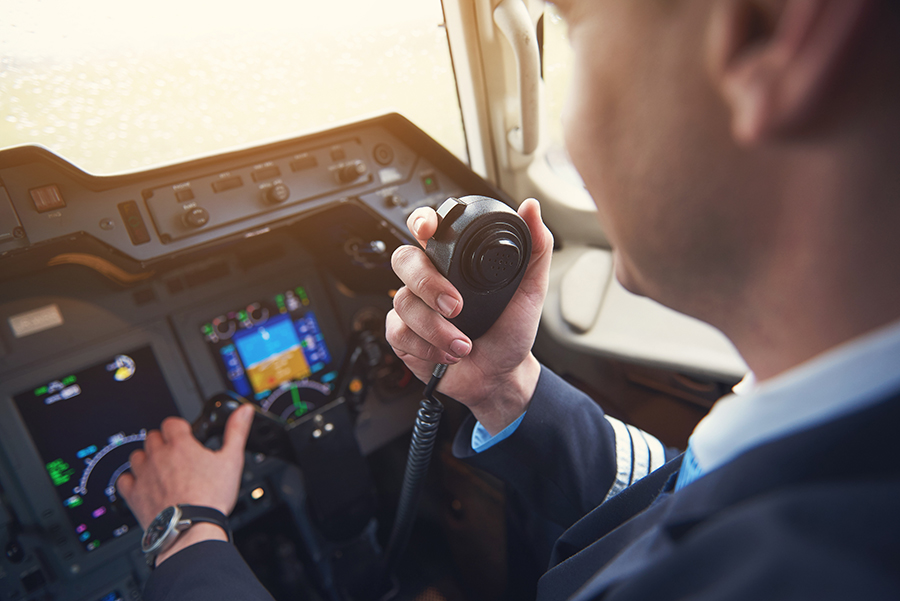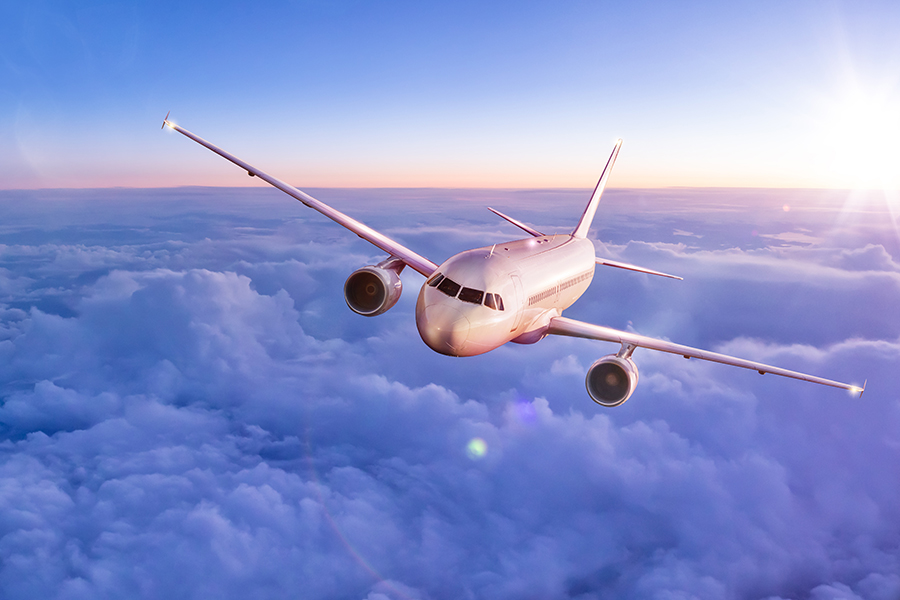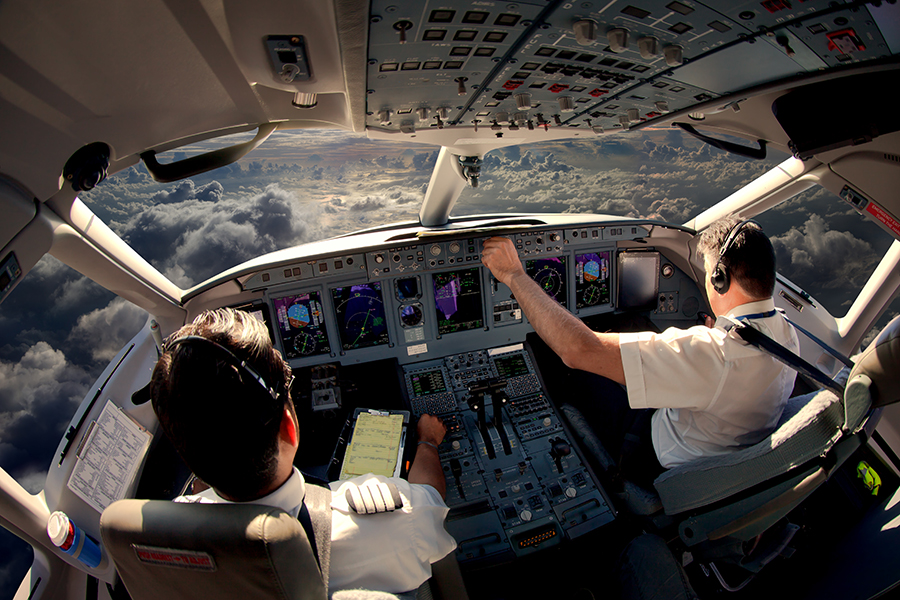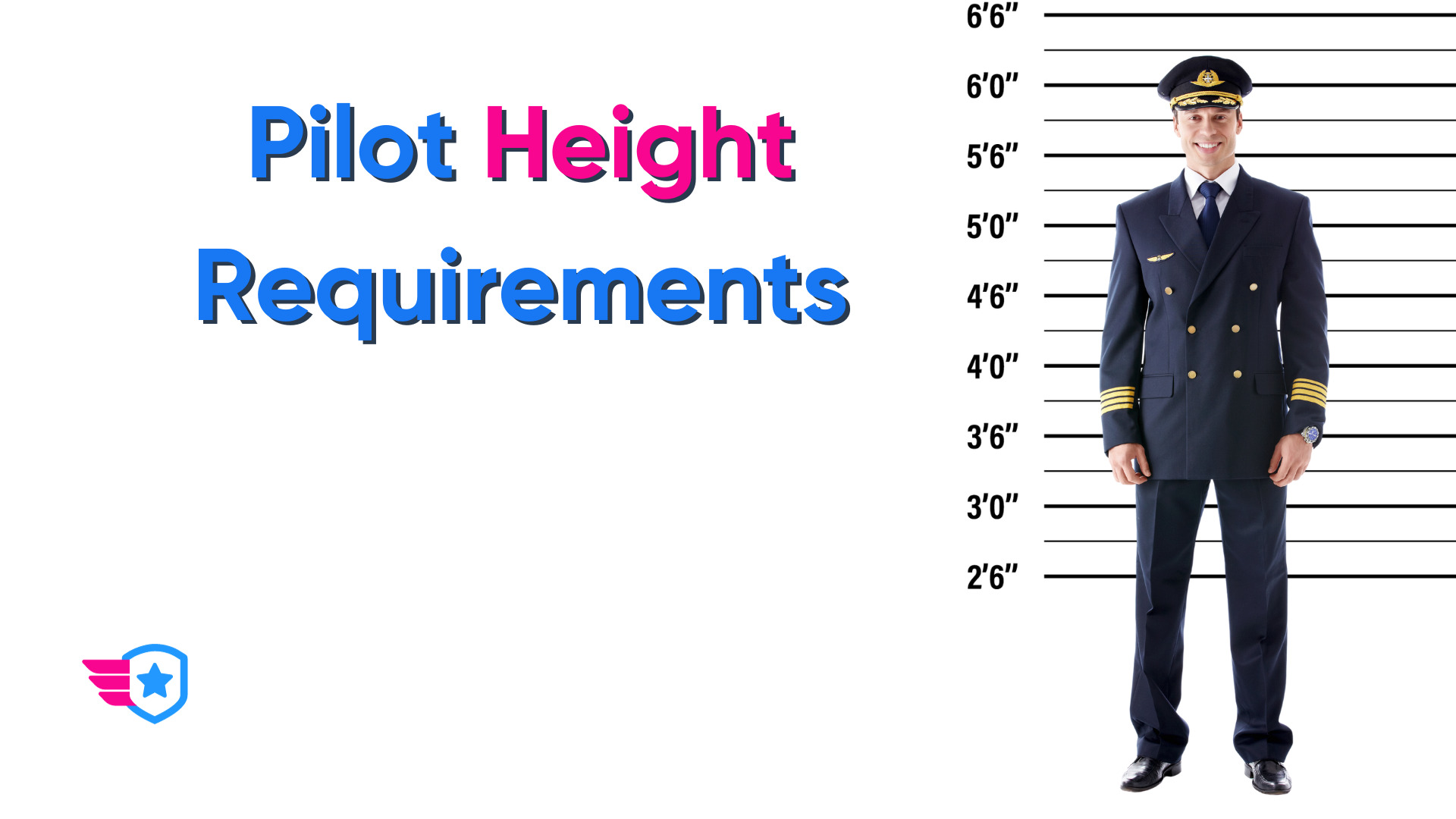Everyone has experienced the frustration of trying to communicate the spelling of a word or phrase only to have to repeat it, or worse, not realize that it has been received incorrectly. This issue is exacerbated when audio quality is reduced, such as during a phone call or radio transmission.
To solve this issue, a set of standardized words was created to denote each letter of the alphabet.
In aviation, the following ICAO Aviation Alphabet is used (underlined parts indicate which syllables should be emphasized):
| Letter | Word | Pronunciation |
| A | Alfa | Al fah |
| B | Bravo | Brah voh |
| C | Charlie | Char lee |
| D | Delta | Dell tah |
| E | Echo | Eck oh |
| F | Foxtrot | Foks trot |
| G | Golf | Golf |
| H | Hotel | Ho tell |
| I | India | In dee ah |
| J | Juliett | Jew lee ett |
| K | Kilo | Key loh |
| L | Lima | Lee mah |
| M | Mike | Mike |
| N | November | No vem ber |
| O | Oscar | Oss cah |
| P | Papa | Pah Pah |
| Q | Quebec | Keh beck |
| R | Romeo | Row me oh |
| S | Sierra | See air rah |
| T | Tango | Tang go |
| U | Uniform | You nee form |
| V | Victor | Vik tah |
| W | Whiskey | Wiss key |
| X | X-ray | Ecks ray |
| Y | Yankee | Yang key |
| Z | Zulu | Zoo loo |
Additionally, the following aviation numerals are used:
| Number | ICAO Spelling | Pronunciation |
| 0 | Zero | Ze ro |
| 1 | Wun | Wun |
| 2 | Too | Too |
| 3 | Tree | Tree |
| 4 | Fower | Fow er |
| 5 | Fife | Fife |
| 6 | Six | Six |
| 7 | Seven | Sev en |
| 8 | Eight | Ait |
| 9 | Niner | Nin er |
Pronunciation and Spelling
A vital aspect of the ICAO aviation alphabet is the tailored pronunciation and spelling of certain words and numbers. To avoid confusion between languages and similar words, the spelling and pronunciation of certain words and numbers have been changed compared to their traditional English versions.
Most notable is the spelling of Alfa and Juliett:
- Because of the unique English and French pronunciation of the “ph” in “Alpha,” it was decided to replace the “ph” with “fa,” leading to the spelling of “Alfa.” This ensured correct instinctive pronunciation by most non-English and non-French speakers.
- An extra “t” was added to the end of “Juliet,” as native French speakers may interpret the last “t” in “Juliet” as silent.
Other notable spellings relate to the pronunciation of numbers. The primary reason for the modification of the pronunciation is to eliminate the “th” (tongue between teeth) sound in words such as “three.” This “th” sound is eliminated by removing the “h” in “th.”
For example:
- “Three” becomes “tree.”
- “Thousand” becomes “tousand” (i.e., “taou zend”).
Numbers
The pronunciation of the numbers 3, 4, 5, and 9 have been changed to avoid confusion for the following reasons:
- The number nine has been changed to “niner” (nine er) to avoid confusion with the German word “nein,” which means “no” and is pronounced the same as the English number nine.
- The pronunciation of the number four has been changed “fower” (fow er) to avoid confusion with the English word “for.”
- The number three has been changed to “tree” to avoid the “th” sound.
- The number five has been changed to “fife” to avoid confusion with the English word “fire,” which shares a similar pronunciation to the word “five.”
When written, these unique words are often incorrectly spelled, and the pronunciation conventions are often ignored.
As a pilot, it is your responsibility to observe these conventions, even if they seem redundant. These conventions have been refined and developed over decades and become particularly important when flying in an international environment such as Europe. Even in the United States, there are a significant number of non-native English speakers with FAA licenses.
Variation
As with every spelling alphabet system that came before it, the ICAO phonetic alphabet has inevitable exceptions around the world:
- In most Muslim countries that observe a strict alcohol ban, the word “Whiskey” used for “W” is replaced with “White” or “Washington.”
- Due to historical and ongoing conflict with India, Pakistan replaced the word “India” used for “I” with “Italy” or “Indigo.”
- In the United States, “.” is referred to as “point” (e.g., 121.5 = one two one point five), while the rest of the world refers to “.” as “decimal” (e.g., 121.5 = one two one decimal five).
- At airports where there are many Delta Air Lines flights, “Delta” is often replaced by “David,” “Data,” or “Dixie” (with “Dixie” being the most common) to avoid confusion as “Delta” is the callsign used to refer to Delta Air Lines flights.
- In Indonesia, Malaysia, and Singapore, “Lima” (used to refer to the letter “L”) is replaced by the word “London,” as “Lima” is the word for “five” in Malay and Indonesian.
- In the United States, runway designators do not start with zero, contrary to the rest of the world. For example, Runway 12 will be designated the same in the United States as the rest of the world, but Runway 05 (i.e., “Runway Zero Five”) will be designated as Runway 5 (i.e., “Runway Five”).
Language-specific spelling alphabets have also been developed, the most notable being the following:
- The German Spelling Alphabet
- The Korean Spelling Alphabet
- The Russian Spelling Alphabet
- The Greek Spelling Alphabet
- The Finish Armed Forces Radio Alphabet
- The Swedish Armed Forces Radio Alphabet
- The Japanese Radiotelephony Alphabet
Some of these unique spelling alphabets have been used in an unofficial military aviation context.
History of the Aviation Alphabet
The need for a spelling alphabet arose after the adoption of long-distance telephone circuits (often referred to as lines). These initial long-distance telephone lines were of low quality and made communication difficult.
The first internationally recognized spelling alphabet was adopted in 1927 by the International Telecommunication Union (ITU), which was named CCIR at the time. Established in 1865, the ITU is the oldest UN agency in existence and was initially created to help connect worldwide telegraphic networks.

After the ITU made several changes to the alphabet in 1932, it was adopted by the International Commission for Air Navigation, a predecessor of the International Civil Aviation Organization (ICAO). This alphabet saw widespread use until the second world war, and the ITU has had little influence on the aviation alphabet since but continues to oversee international spelling alphabets.
During World War II, branches of the allied military began using their own spelling alphabets, leading to several versions being developed during the war. The U.S. military spelling alphabet was known as Able Baker, named after the first two words used for A and B. The Royal Air Force of the United Kingdom adopted a spelling alphabet similar to Able Baker, with other British forces using a phonetic alphabet similar to that used by the Royal Navy during the first world war.
This, understandably, caused confusion among allied troops engaged in joint operations. In 1943, a modified version of Able Baker was adopted by the US, UK, and Australia, known as the US-UK spelling alphabet. This version of Able Baker would go on to be adopted as the official spelling alphabet of international aviation after the war.
As the majority of words used in Able Baker were unique to the English language, an alternative Latin American version was developed called “Ana Brazil,” in line with the naming convention of Able Baker.
As it became apparent that non-English-speaking countries would deviate from the officially adopted Able Baker alphabet, research began on an entirely new spelling alphabet.
Jean-Paul Vinay, a linguistics professor at the Université de Montréal, was tasked by ICAO to develop this new spelling alphabet. According to ICAO, each word must match the following criteria:
- Be a live (in-use) word in each of the three working languages (English, French, and Spanish).
- Be easily pronounced and recognized by airmen of all languages.
- Have good radio transmission and readability characteristics.
- Have a similar spelling in at least English, French, and Spanish, and the initial letter must be the letter the word identifies.
- Be free from any association with objectionable meanings.
After this spelling alphabet was officially adopted in November 1951, it soon became apparent that there were serious issues. The problems were so severe that some users reverted back to the Able Baker alphabet.
ICAO, once again, began work on a new spelling alphabet. This time around, research was led by the US Air Force, in conjunction with the Ohio State University. This spelling alphabet, used to this day, was officially implemented by ICAO in 1956 and adopted by the North Atlantic Treaty Organization (NATO) during the same time period. The ITU adopted this spelling alphabet as the standard international spelling alphabet in 1959, and it was consequently adopted by most radio operators worldwide.
Conclusion
Understanding the history behind and adhering to the ICAO spelling alphabet is paramount to creating a safer sky for all.
As a student pilot, it is your responsibility to learn the correct way of using the ICAO spelling alphabet to avoid building bad habits that will be difficult to unlearn in the future.
As a current pilot, it is your responsibility to always adhere to the standards set by ICAO, no matter how “redundant” they may seem. It is also your responsibility to help student pilots (and exercise a little patience) to ensure that the next generation of aviators uses the radio efficiently and correctly.




